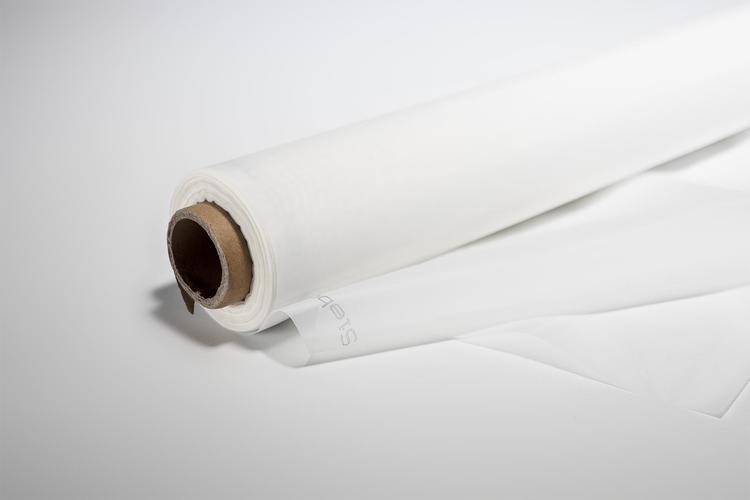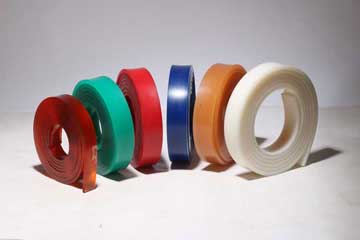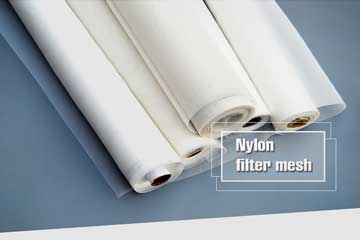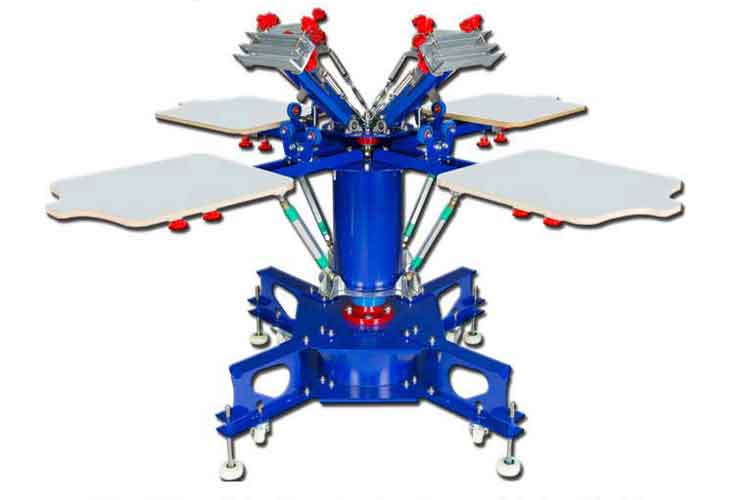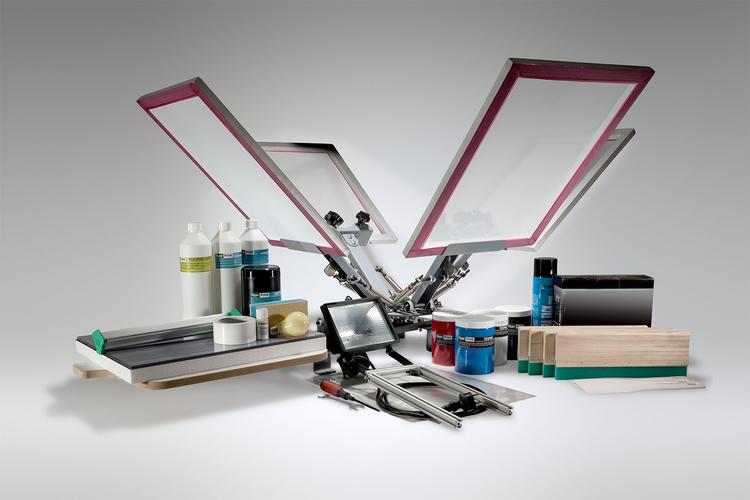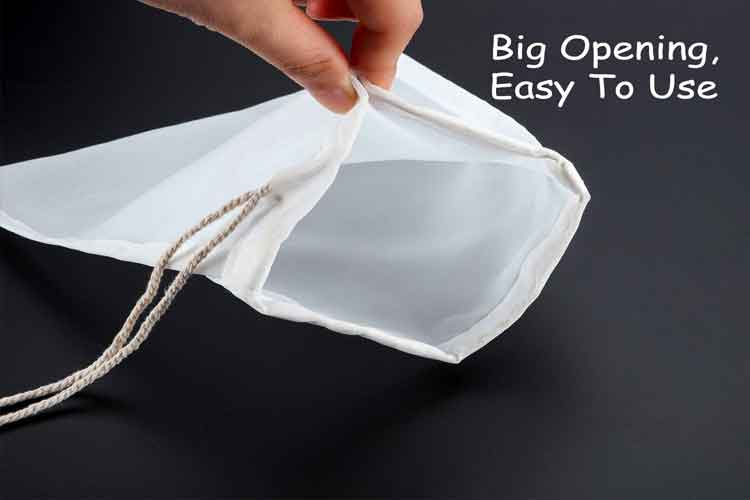Screen Printing Emulsion Scoop Coater: Precision Starts Here
A great print starts long before ink hits the press. It starts with a perfect stencil, and that starts with the right coating—namely, a screen printing emulsion scoop coater. Light, sturdy, dual-edged, and properly sized, it ensures precision and re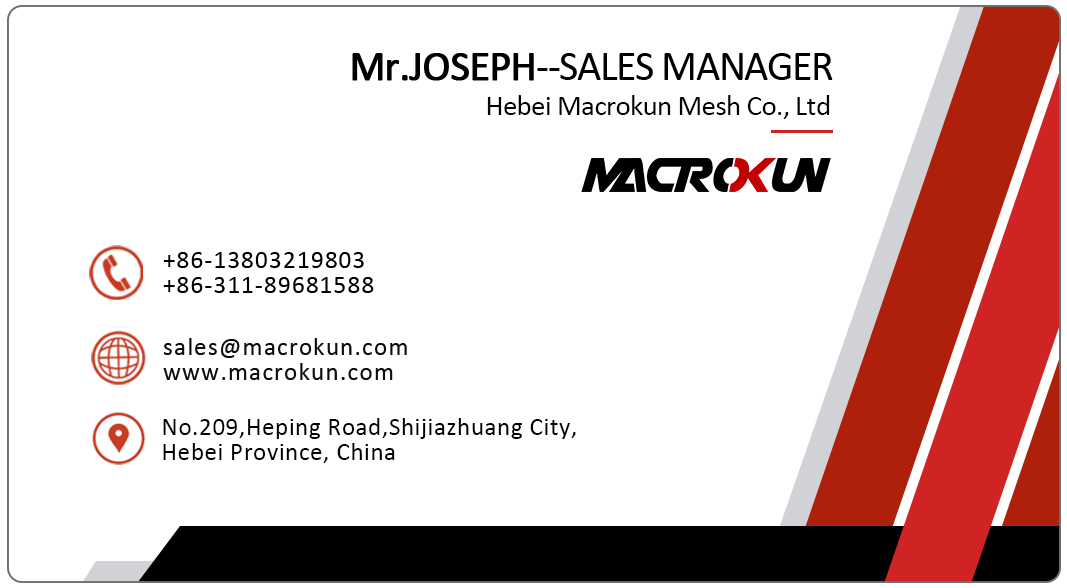
Every masterful screen print begins well before ink touches fabric. Its foundation is a pristine emulsion layer—and nothing delivers that with consistency like a proper screen printing emulsion scoop coater. In studios big and small, this tool quietly ensures the clarity, sharpness, and longevity of every stencil. If you're ready to elevate your printing game, it’s time to embrace precision from the very start.
The Importance of the Right Size
One common mistake that even seasoned printers make—using a scoop coater that’s either too big or too small. If it's too large, it smacks the frame, preventing uniform emulsion spread. Too small, and repeated overlapping creates uneven thickness that's a recipe for inconsistent exposure.
The golden rule? Choose a screen printing emulsion scoop coater that is about two to three inches smaller than the screen’s inner width. For instance, a 23 by 31 inch frame works beautifully with an 18 inch coaterScreenPrinting.comTexsource Screen Printing Supply. This size ensures a sweep that covers smoothly from edge to edge without interference, avoiding thick overlapping lines and helping you hit exposure targets reliably.

Built to Last and Easy to Clean
A standout screen printing emulsion scoop coater is crafted from anodized aluminum—light, resilient, and effortless to clean. This durable material resists corrosion and withstands solvent exposure, giving you a dependable tool that serves long beyond its price tagmelray.comscreenprinterswarehouse.comanthemprintingsf.com.
What makes it even more practical? Many models offer dual edges—one edge is sharp for delicate, thin coatings, while the opposite edge is rounded for thicker emulsion layers. Swapping between fine detail and bold deposits becomes effortless, meaning one tool adapts to multiple workflowsmelray.comanthemprintingsf.com. Plus, end caps or protective covers help keep the coater clean during storage and transport.
Custom Sizes for Unique Workflows
Not every shop uses standard frame sizes. That’s where custom scoop coaters shine. Manufacturers often offer sizes ranging from 4 to 24 inches, and even custom-cut options tailored to your exact needsTexsource Screen Printing Supplymelray.com+1.
Having a pair of coaters matched precisely to your most-used screen sizes means fewer interruptions, reduced mess, and better consistency throughout long print runs. It’s a simple choice that pays off in workflow harmony.
Technique Makes All the Difference
A screen printing emulsion scoop coater is only as good as the way it’s used. Here are time-tested techniques from printrooms worldwide:
-
Fill halfway only—overfilling leads to drips and wasteReddit.
-
As you approach the end of the sweep, stop an inch early, tilt the coater back to channel excess emulsion into its trough, then finish upright—this prevents messy dripsReddit.
-
Angle the screen upright, around 70°, and prop it for stability. This allows controlled upward strokes, easily managed with one or two handsReddit.
-
Consistent, gentle pressure is more effective than force. Let the coater glide—overpressing can cause streakingReddit.
These simple adjustments help eliminate waste, improve coating evenness, and increase confidence in every stencil produced.
Trusted by Experienced Printers
Listen to the print community—many consider the screen printing emulsion scoop coater as indispensable as a squeegee. One experienced printer shared how skipping it leads to endless frustration, wasted time, and wasted emulsion—they call it "definitely necessary"Reddit.
Another user emphasized that using makeshift tools like gift cards or squeegees may work briefly, but lack consistency and precisionReddit. Meanwhile, those who upgrade to a purpose-built coater discover smoother results and fewer mishaps, reinforcing that investing in the right tool pays dividends.
Why this Is a Smart Business Investment
From small studios to medium print shops, a screen printing emulsion scoop coater is not just a purchase—it’s an efficiency multiplier:
-
Reduces waste: precise enough to spread just the right amount of emulsion, reducing excess.
-
Saves time: one smooth stroke ensures even coverage—no patching, no re-coating.
-
Protects materials: avoiding over-thick stencils helps maintain optimal exposure, screen life, and washing accuracy.
That balance of less mess, more consistency, and longevity transforms every aspect of production.
Choosing Yours with Confidence
To pick the right screen printing emulsion scoop coater, keep these in mind:
-
Check the material—anodized aluminum is the best blend of lightness, strength, and cleanability.
-
Ensure dual edges—flexibility between thin and thick coating is invaluable.
-
Use end caps or covers—they help reduce drips and keep the tool ready to grab.
-
Select the correct size—stick to the two- to three-inch smaller rule.
-
Practice your technique—apply consistent pressure, screen angling, and controlled finishes.
Final Word
A great print starts long before ink hits the press. It starts with a perfect stencil, and that starts with the right coating—namely, a screen printing emulsion scoop coater. Light, sturdy, dual-edged, and properly sized, it ensures precision and repeatability from the first coat through the last print. Proper technique and a dependable tool turn trial and error into a smooth, confident workflow.
If you’re serious about quality, efficiency, and consistency, this simple tool isn’t optional—it's essential. Invest in one today, and watch your prints—and your professionalism—shine.
Pre:Emulsion Scoop Coater: Elevating Your Screen Printing with Smooth, Reliable Coating
Next:Aluminum Scoop Coater: The Essential Tool for Precision in Screen Printing
Tags:
